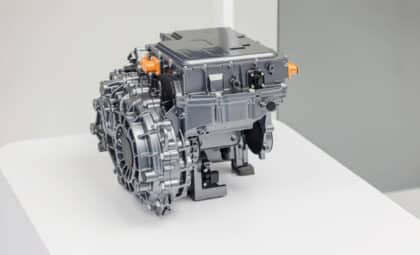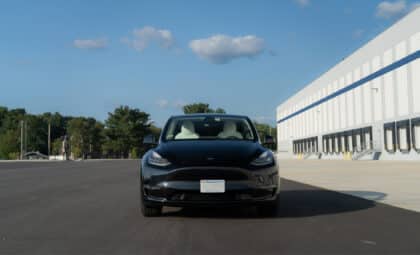
Following a vote of the World Motor Sport Council on Wednesday, the FIA has approved a new cost cap for Formula 1 teams as well as a new sliding scale rule for aerodynamic testing.
The teams and the sport’s governing body had already agreed to a cost cap of $175 million per year, starting in 2021, but have now agreed to a reduced cap of $145 million instead. The cap will be incrementally reduced in the following years, starting with a $140 million cap in 2022.
The new F1 budget cap was prompted by the COVID-19 pandemic. Having delayed the start of the 2020 season, the virus has a serious impact on the teams’ finances. Even before the pandemic, manufacturers struggled to justify the cost necessary to run an F1 team — costs that contributed to large competitive gaps between the teams and deterred new teams from joining the sport.
In addition to the new budget cap, the FIA has approved a new sliding scale for aerodynamic development, also due for 2021. The lower a team finishes in the championship, the more time it would get in the wind tunnel to develop the aerodynamics of its next car. This should further help restrict the gap between small- and big-budget teams.
COVID-19 Relief: F1 engine manufacturer Honda pledges $1 million
To further promote sustainability and cut costs, many key car components will be frozen between 2020 and 2021. The chassis and suspension will remain fixed, and there will be limitations on the number of power unit upgrades that manufacturers can introduce.
Though the technical regulations originally intended for 2021 have been pushed back to 2022 in light of the COVID-19 pandemic, the teams will still be required to make a few tweaks to their cars. Primarily, they will have to trim their floors to reduce their aerodynamic potential.
This is because the 18-inch Pirelli tires that were due to be introduced in 2021 were also pushed back to 2022. The teams will thus have to use the same 13-inch tires they used in 2019 and will use when the 2020 season begins. However, F1 says that the tires “were not designed for three seasons worth of aerodynamic development so it was consequently decided that downforce levels had to be trimmed to match the tires.”
Ultimately, the new F1 budget cap should help level the playing field in F1 while making the sport more attractive to outside manufacturers. We may ultimately have to thank COVID-19 for helping make the sport better.
Just For Fun: What car are you?
Kurt Verlin was born in France and lives in the United States. Throughout his life he was always told French was the language of romance, but it was English he fell in love with. He likes cats, music, cars, 30 Rock, Formula 1, and pretending to be a race car driver in simulators; but most of all, he just likes to write about it all. See more articles by Kurt.









